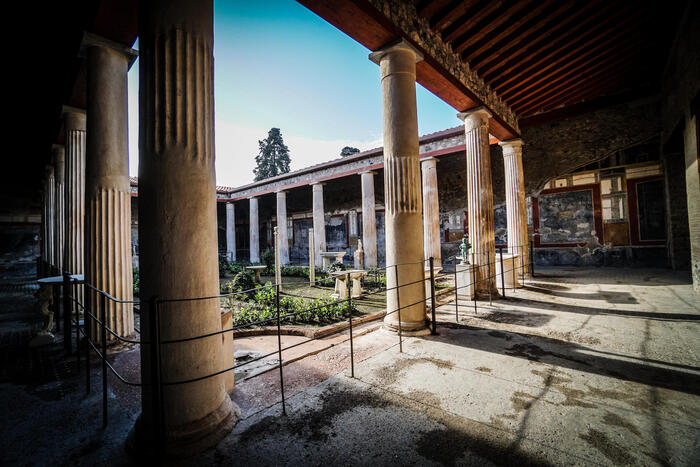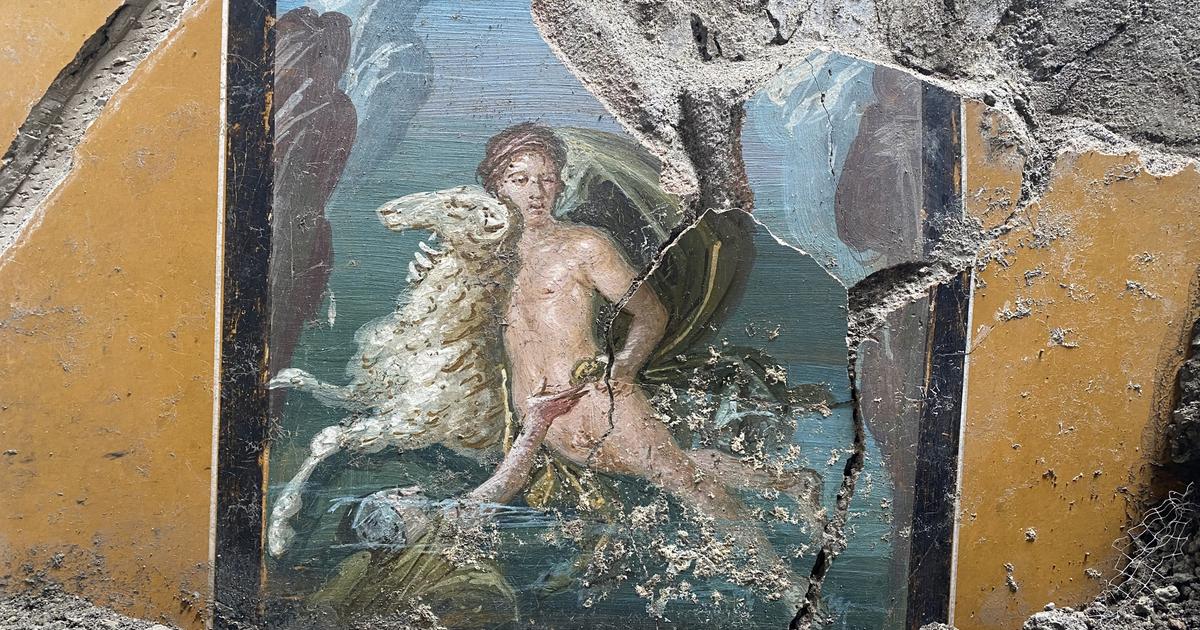Enlarge image
The remains of the tortoise in Pompeii Park
Photo: Pompeii Archaeological Park / dpa
Archaeologists have unearthed a nearly 2,000-year-old tortoise in Pompeii.
The reptile came from after an earthquake in the southern Italian city in 62 and before the devastating volcanic eruption of Mount Vesuvius in 79, as the archeological park announced on Friday.
The shell of the tortoise (Testudo hermanni) and the head could be seen in photos.
The tortoise did not die in the famous volcanic eruption that buried the city - but the find in an ancient workshop is extremely interesting: it sheds light on the last years of Pompeii and the time of reconstruction after the earthquake, said the German park director Gabriel Breeding bar.
It is not the first tortoise to be found, but what is special about this specimen is that it did not appear in a garden as usual.
"Obviously not all the houses were rebuilt, and even central areas of the city were sparsely visited, so they became habitats for wild animals," Breeding Riegel explained.
Lay eggs or die
The researchers found an egg in the turtle.
It is possible that the reptile dug itself in search of a place to deposit, did not feel the place was safe and then died rather than lay the egg, as breeding bars explained.
This turtle species behaves like this.
Experts from the Free University of Berlin were also involved in the excavation in the area of the Stabian thermal baths.
Archaeologists keep coming across spectacular finds in the sunken Roman city.
In 79, after several eruptions of Mount Vesuvius, ash, mud and lava covered the ancient city, preserving it.
Pompeii was rediscovered in the 18th century.
Today the park is one of the most popular sights in Italy.
mgo/dpa







